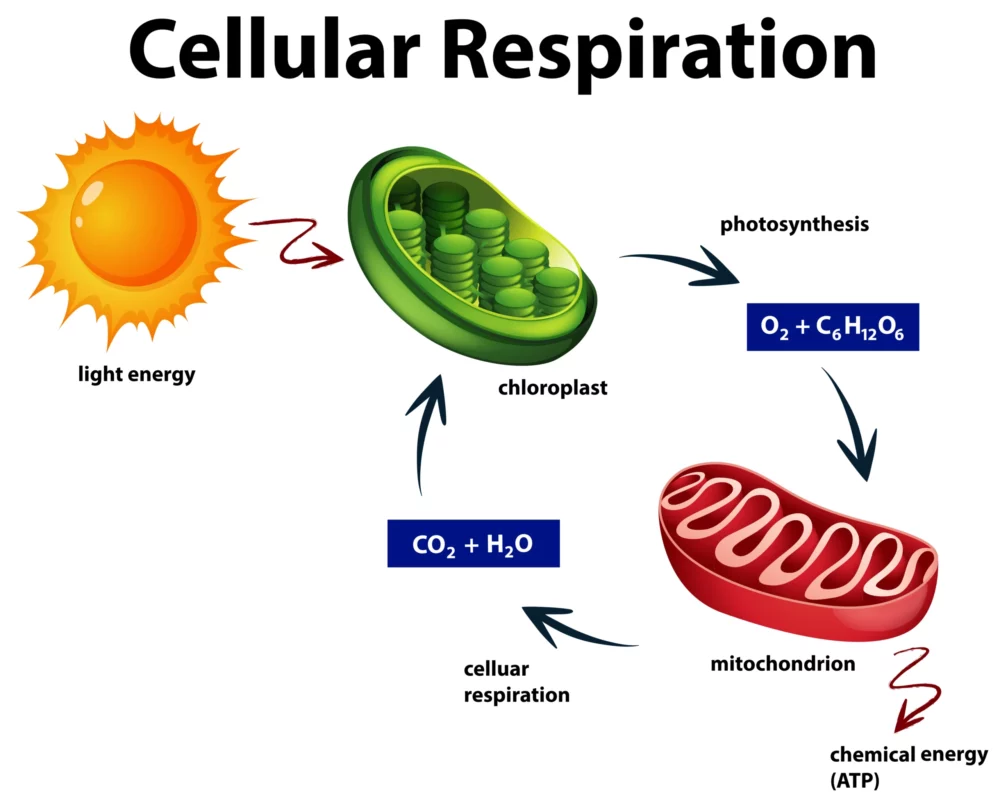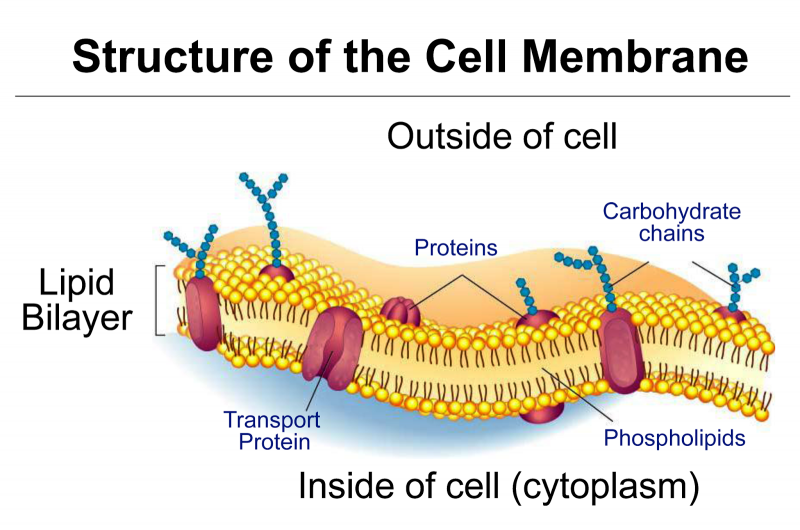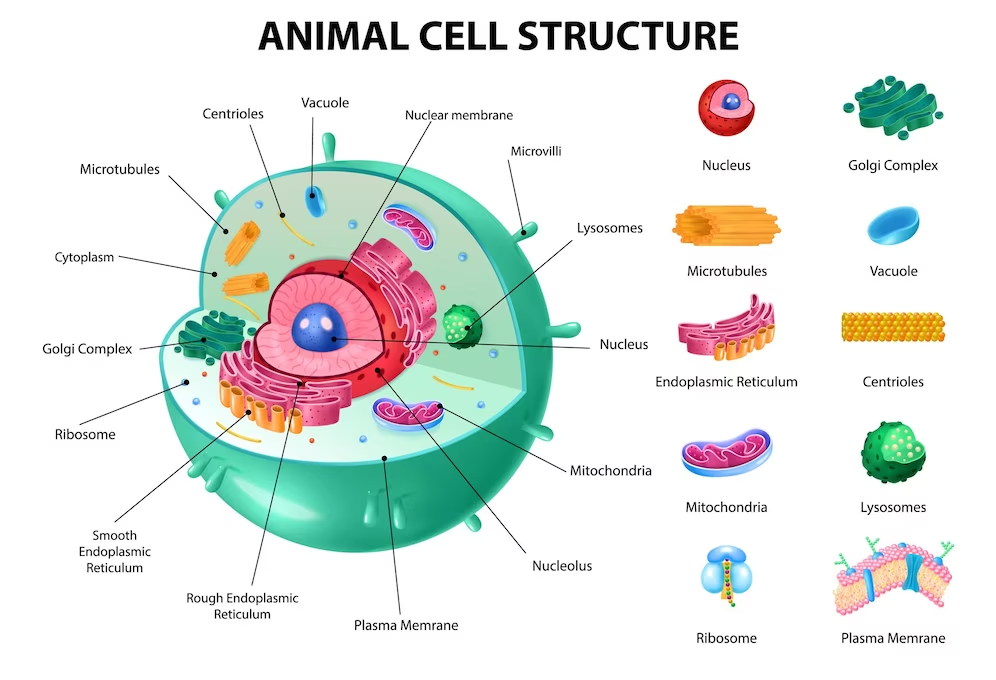Tag: cell

Cellular Respiration: A Simplified Guide
Cellular respiration, found in all living organisms, is a fascinating but intricate biological process. At its core, it’s how cells generate the energy needed to power various life functions. In this simplified guide, we’ll unravel the mysteries of cellular respiration, making it accessible to everyone, regardless of your scientific background. The Basics: What Is Cellular…
Active Transport
A few ions or molecules are transported across the membrane against their concentration gradient, i.e., from lower to higher concentration. Such type of transport is called active transport because it is an energy-dependent process in which ATP is utilised, e.g., Na+/K+ pump. https://youtu.be/visqfZd7Ms4 Active transport uses energy to pump molecules against a concentration gradient. Active…

What is the function of the cell membrane?
The cell membrane is otherwise called a Plasma membrane. It may be defined as the thin, elastic, semipermeable living membrane that serves as a boundary for the Cytoplasm. The Cell membrane is made up of glycoproteins and phospholipids. The Functions of the Cell membrane are as follows: Cell membrane or Plasma membrane is a semipermeable membrane present…

WHAT IS CELL?
A cell is the basic structural, functional, and biological unit of all living organisms. It is the smallest unit of life and serves as the building block of all living things. Cells are incredibly diverse in terms of their structure and function, yet they all share common characteristics that define them as cells. Here are…



